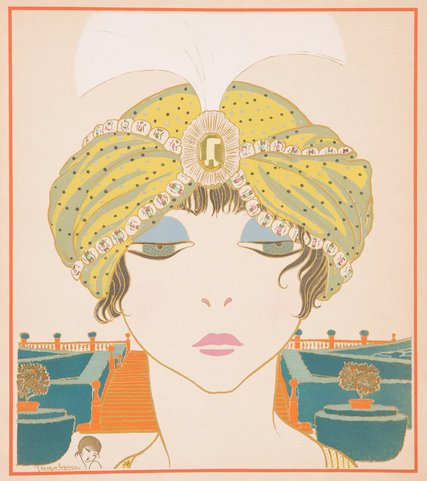Jazz bassist and songwriter, Esperanza Spalding offers her choices and contributions to the art-installation Selects series at Cooper Hewitt Museum.
Genre: Exhibition
Venue: Cooper Hewitt, Smithsonian Design Museum, New York City, USA
Time: June 9 2017 till January 7 2018
Sponsors: Made possible by the Marks Family Foundation Endowment Fund. In-kind support for installation provided by ZGF Architects. Piano provided by Steinway & Sons.
Artist: Esperanza Spalding, American jazz bassist, songwriter, and singer. Winner of four Grammy Awards, including for Best New Artist, making her the first jazz artist to win the award. Appointed Professor of the Practice of Music at Harvard University in 2017.
Description: “Esperanza Spalding Selects” is the 15th installation in the “Selects” series, where designers, artists, architects and public figures are invited to examine and interpret the museum’s collection of more than 210,000 objects. As guest curator, Spalding focuses her uniquely creative and experimental vision of art on the museum’s collection, with the result on view in the Nancy and Edwin Marks Collection Gallery.
Spalding has organized nearly 50 objects — encompassing drawings, prints, textiles, jewelry and product design — into eight groupings around themes related to evolution and transformation. The groupings include: “Evolving Perspectives on Integration,” which presents a selection of sheet music covers that show the progression of changing cultural sensitivities toward race; “Devolve to Evolve,” examining the design process behind objects such as a Japanese purse made from deconstructed wall panels from Holland that were later used to line shipping boxes; and “Evolving Beyond Functionality,” which includes a drawing by American designer and artist John De Cesare, who experimented with the traditional structure of musical scores to create a visual representation of the experience of music. “Studying the history of these objects, I’ve learned that design grows in response to the same essential forces of breaking down and building up that inform all innovation,” said Spalding. “I wanted to emphasize that the eternal process of devolution and evolution actually works in a continuous loop, with no real beginning or ending.”
For more information, see the exhibition site here.






